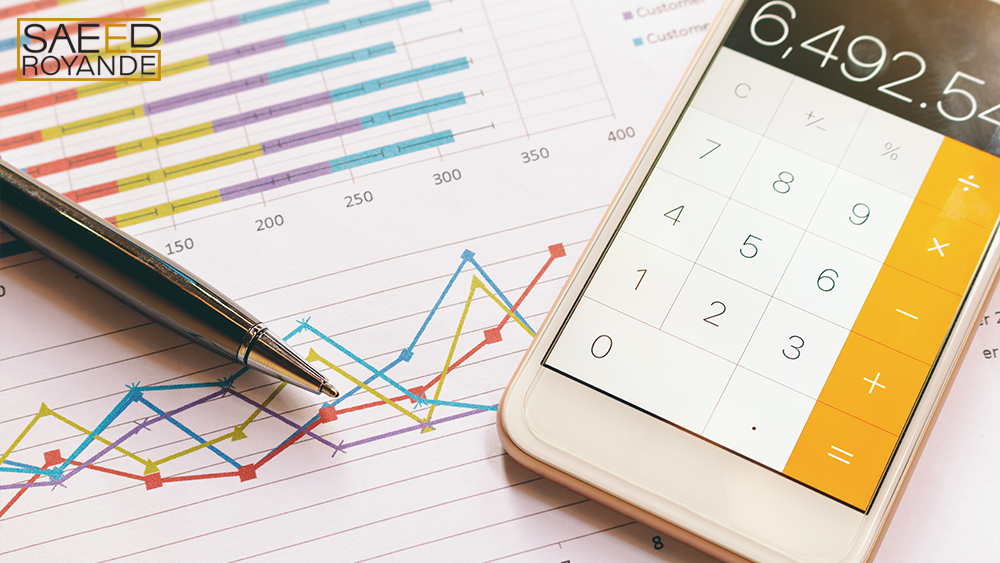The interest rate is the cost of borrowing money or the incentive for saving money calculated as a percentage of the loaned or saved money. You borrow money from banks when you buy a mortgage. Other loans might be used to finance the purchase of a car, home appliances, or education. Banks will lend you money in the form of a deposit, and they will pay you interest for using that money. They secure loans with deposit money. Banks charge borrowers somewhat higher interest rates than savers. The distinction is to their advantage. Interest rates remain low as banks battle for depositors and borrowers.
How does the interest rate work?
Depending on the loan, you may receive either a fixed or a variable interest rate payment from the lender.
Fixed interest rate:
A fixed interest rate indicates that you get paid at a fixed rate that does not fluctuate for the account. If you maintain your money in an account for an extended period of time, you will accrue greater profit. However, if rates rise, savers would not be able to receive the rewards you pay for the risk reduction. You won’t have to sign a long-term contract, and you’ll have greater control over how you use your money.
Variable interest rate:
You can earn more or less interest at any time if you have a variable interest rate account. The starting point determines the pace of change. While you risk losing money by lowering your basic savings rate, you also can gain more money by increasing your base rate.
If you are not sure which type of interest rate is best for your business mortgage or investment, ask your personal financial coach to analyze your financial condition.
Wood cube block with percentage symbol icon
What is APR?
The annual rate of return, or APR, is another rate you may see while taking out a personal loan, mortgage, vehicle loan, or credit card. This is the interest rate you will pay over the course of a year, including any additional charges that your loan procedure may incur. The APR will normally be 1.1 to 0.5 percent higher than the interest rate. If the APR is greater, expect to be paid more. Many consumers look at annual percentage rates or APRs when weighing their credit options. These prices are excellent negotiation tools – it is not commonplace to refer to a competing lender’s rate to assure the best possible deal.
The impact of interest rate on daily life
As interest rates fluctuate, so do mortgage rates. When banks employ interest rate futures to control their interest rate risk, they are better equipped to give you a competitive mortgage rate since they’ve already locked in their own short- or long-term interest rate. Managing their risk with interest rate futures helps companies loan more money to more people and businesses.

Data analyzing with calculator mobile phone
What is compound interest?
The interest you earn on interest is known as compound interest. Using simple math, you’ll have $105 at the end of the first year when you have $100, and it earns 5% interest. Your savings will grow to $110.25 by the end of the program’s second year. As a result of the initial $100 deposit, you earned $5, as well as $0.25 in interest on the $5. At first glance, 25 cents may not appear to be much, but over time, it adds up. Even if you never add another penny to that account, you’ll have more than $162 in 10 years and nearly $340 in 25 years, thanks to compound interest.


